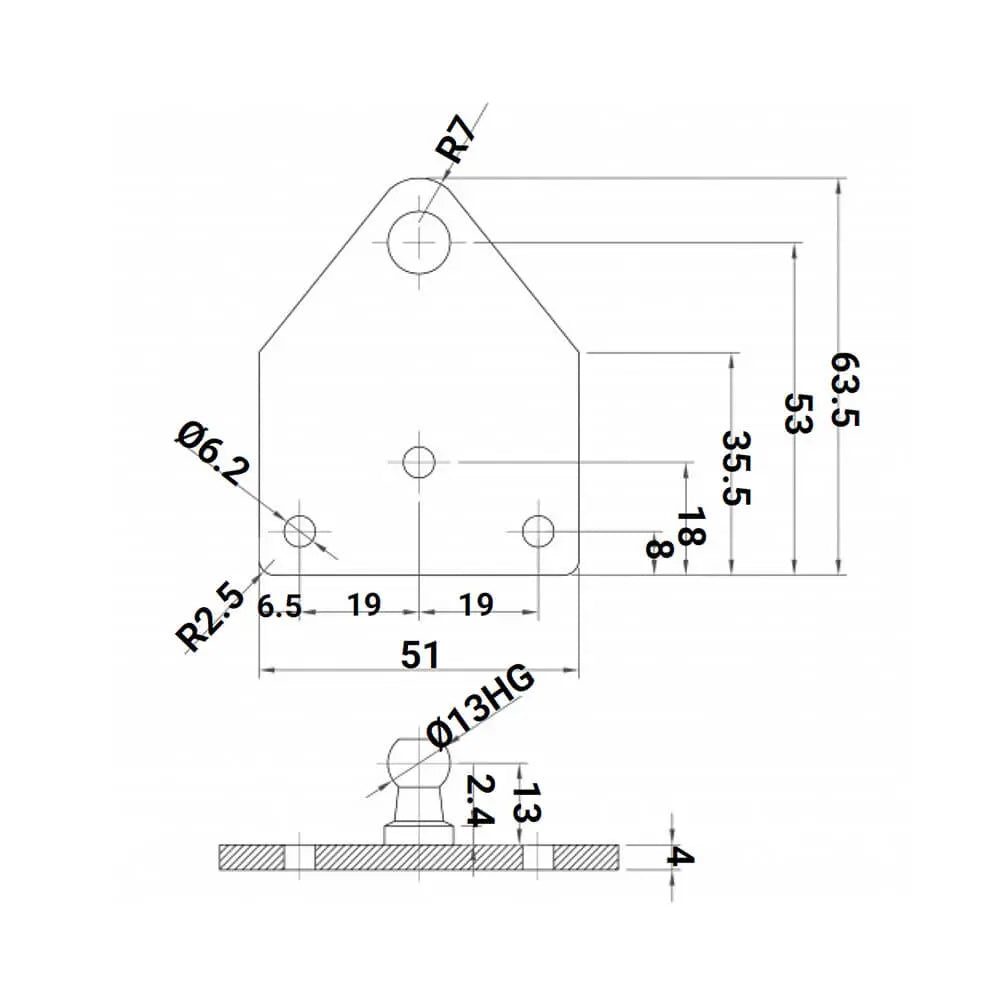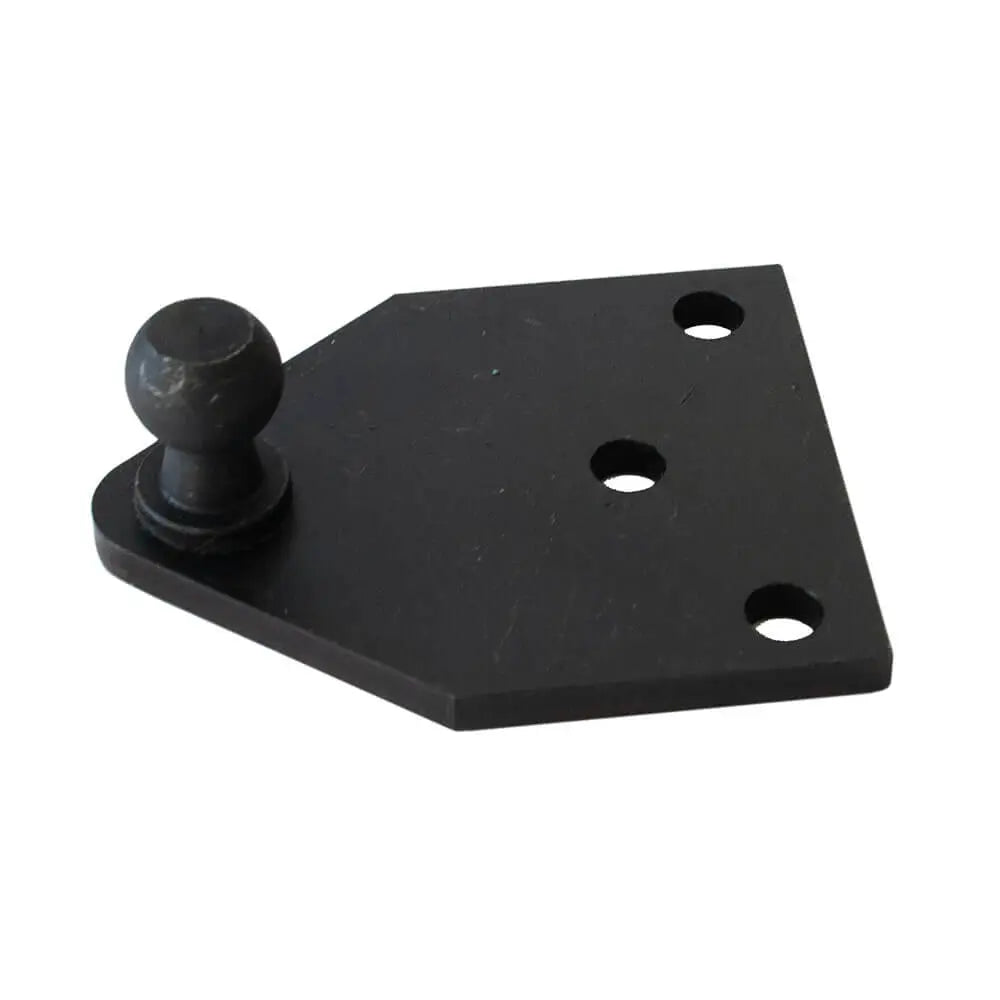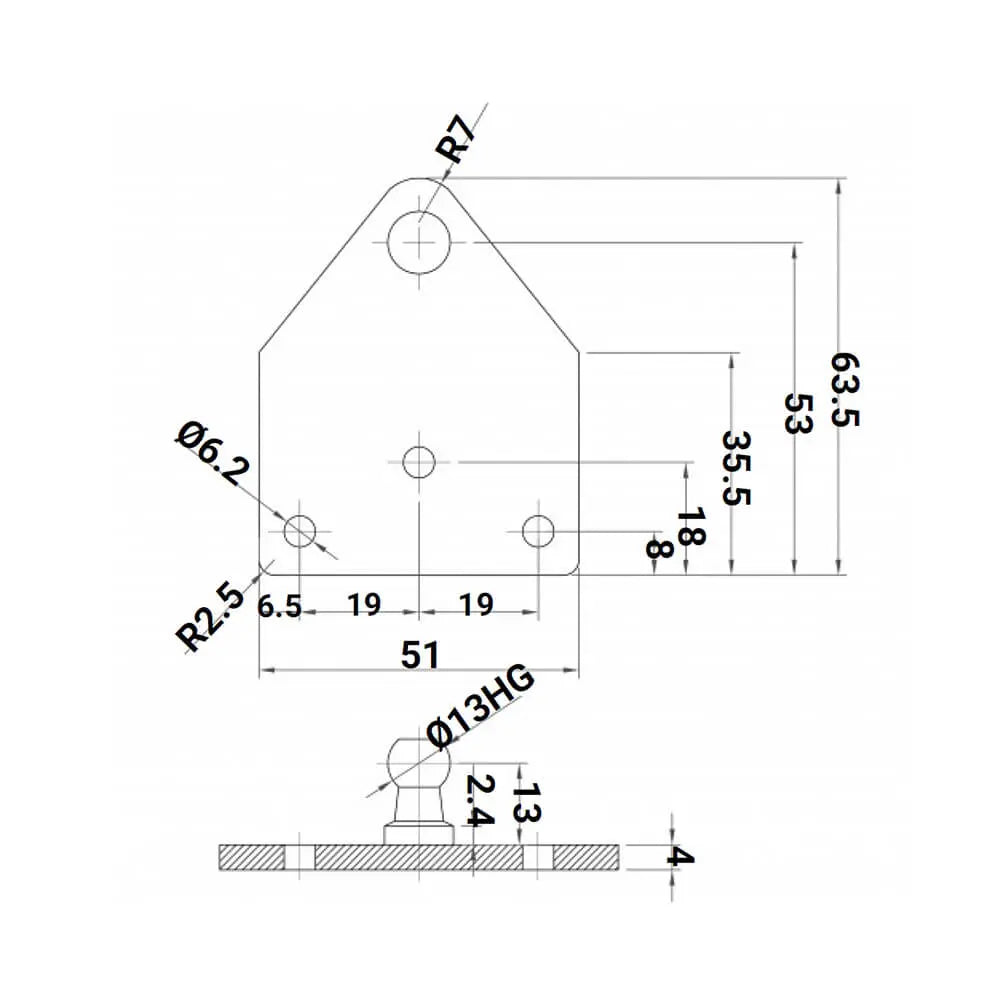Shop by Category
Bracket
12 products
Showing 1 - 12 of 12 products
Ensuring Road Safety: Understanding Key Components of a Car's Braking System
When it comes to vehicle safety, one component stands above the rest: the brake system. Brakes are a critical part of any car, responsible for slowing down and stopping the vehicle efficiently. From conventional disc brakes to advanced electronic braking systems, the evolution of brake technology has significantly contributed to road safety. In this article, we will explore the importance of brakes, their different types, and the role they play in ensuring safety and control on the road.
Every time we hit the road, we rely on our vehicle's braking system to keep us safe. Several crucial components work together to bring our cars to a stop efficiently and reliably. In this article, we will explore the functionalities and importance of four vital elements in a car's braking system: the ABS sensor, brake pads, brake cables, and the brake vacuum pump.ABS Sensor
The Anti-lock Braking System (ABS) is an essential safety feature in modern cars. The ABS sensor plays a critical role in this system by monitoring the rotational speed of each wheel. It helps prevent wheel lock-up during sudden braking, enabling the driver to maintain steering control. The ABS sensor constantly relays information to the car's computer, which adjusts the braking pressure accordingly. By modulating the brake force on individual wheels, the ABS sensor enhances overall braking performance and helps prevent skidding or loss of control.Brake Pads
Brake pads are crucial components that endure tremendous heat and friction to slow down or stop the vehicle. Typically made of a durable composite material, brake pads are positioned on either side of the brake rotor. When the driver applies the brakes, hydraulic pressure pushes the brake pads against the rotor, generating the necessary friction to decelerate the vehicle. Over time, the brake pads wear out due to the intense friction. Regular inspection and timely replacement of worn-out brake pads are essential for optimal braking performance and safety.Brake Cables
Brake cables, also known as brake lines, play a vital role in transmitting the force exerted by the driver's foot on the brake pedal to the actual braking mechanism. Typically made of steel or another high-strength material, these cables connect the brake pedal to the master cylinder, which then transfers the hydraulic pressure to the brake calipers or wheel cylinders. Brake cables must be in good condition, without any signs of fraying or damage, to ensure a reliable and responsive braking system.Brake Vacuum Pump
Many modern vehicles employ a brake vacuum pump or a vacuum-assisted brake booster to enhance braking performance. The brake vacuum pump assists the driver in applying the brakes by using engine vacuum. When the driver presses the brake pedal, the vacuum pump creates negative pressure or vacuum, which amplifies the force exerted on the master cylinder. This boost improves brake pedal feel and response, allowing for smoother and more controlled braking. Regular maintenance and inspection of the brake vacuum pump are crucial to ensure its proper functioning and prevent any potential brake system failures.A car's braking system comprises several vital components that work together to provide safe and reliable braking performance. The ABS sensor, brake pads, brake cables, and brake vacuum pump all play critical roles in ensuring that the vehicle can stop effectively in various driving conditions. Regular inspection, maintenance, and prompt replacement of worn or damaged components are essential to preserve the integrity and efficiency of the braking system. By understanding and prioritizing the upkeep of these key components, we can help ensure our safety and the safety of others on the road.
Showing 1 - 12 of 12 products
Display
View

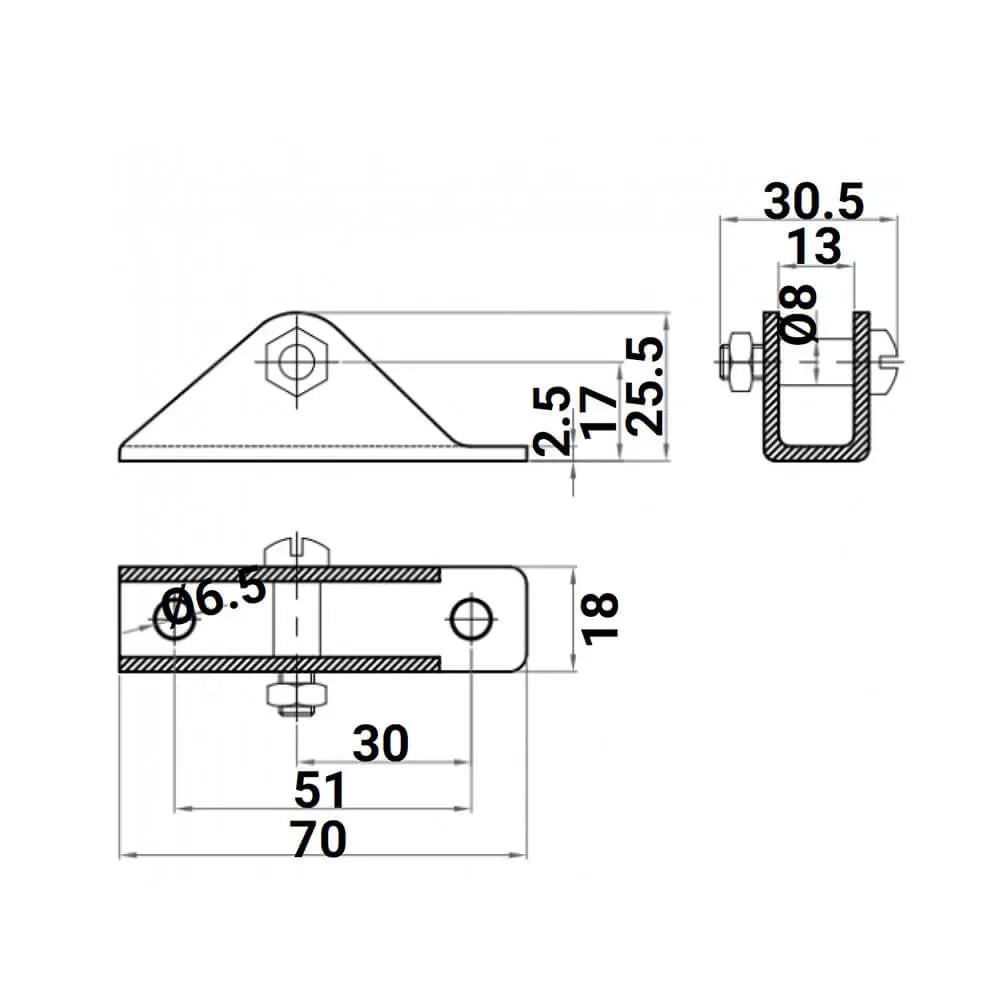
4X M8 Gas Spring Eyelet U Type Bracket - Gas Spring Lift Support Mounting
Sale price£11.90
1 review
Hurry! Stock running out!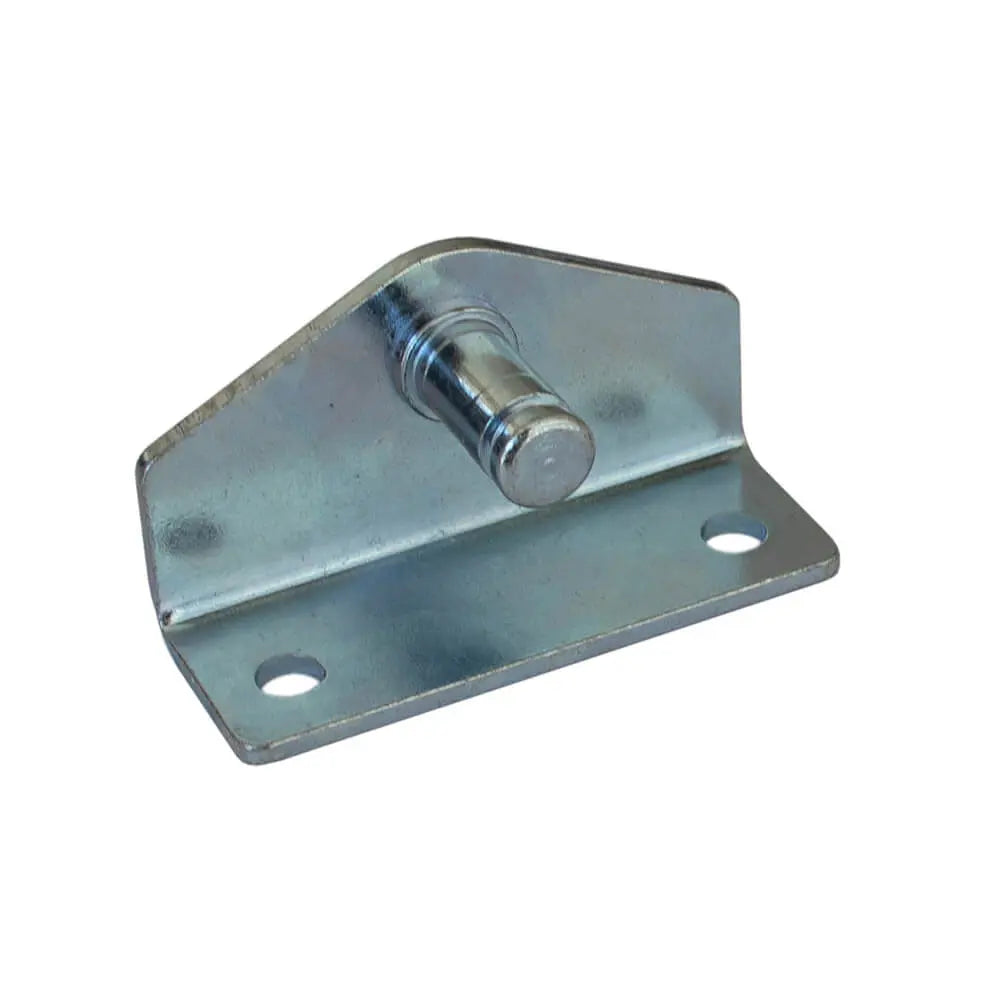
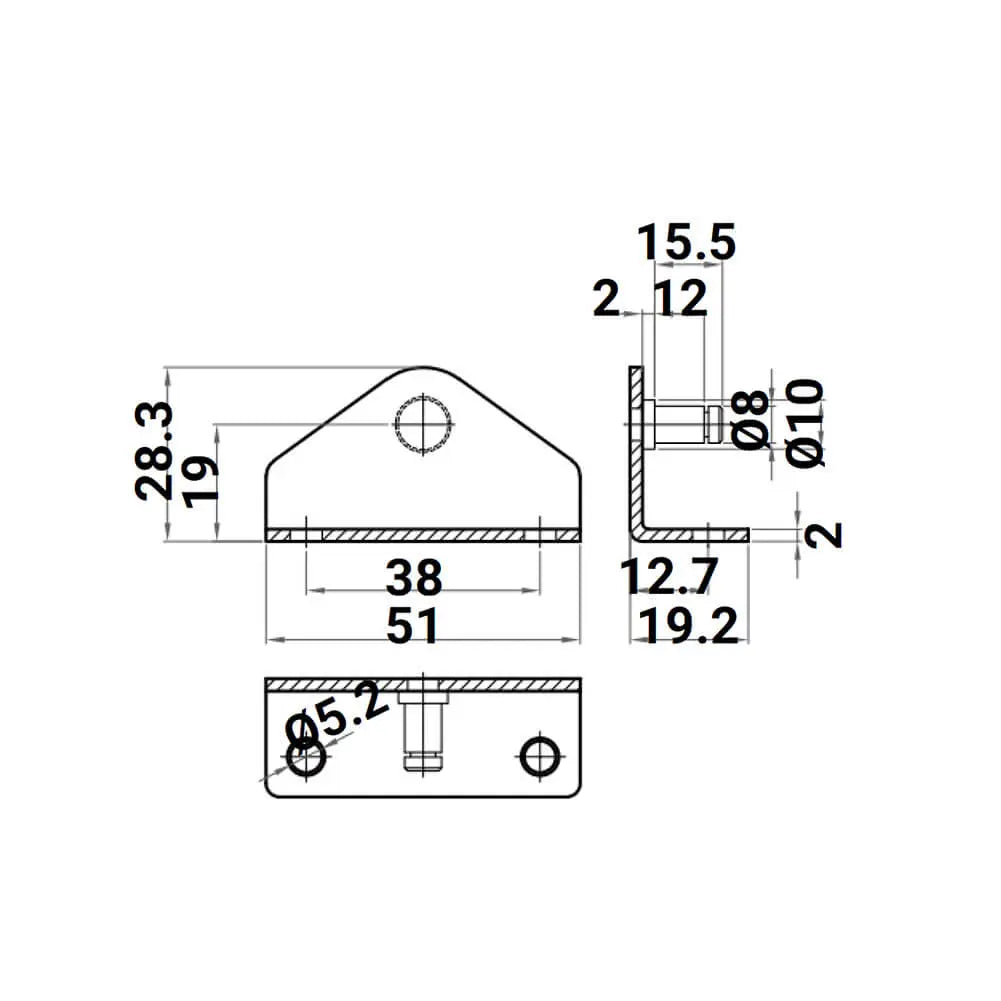
4X M8 Gas Spring Eyelet L Type Bracket - Gas Spring Lift Support Mounting
Sale price£12.99
No reviews
Sold out

4X M8 Ball Bracket 13mm Ball Pin - Gas Spring Lift Support Mounting
Sale price£10.90
No reviews
In stockSave £4.00
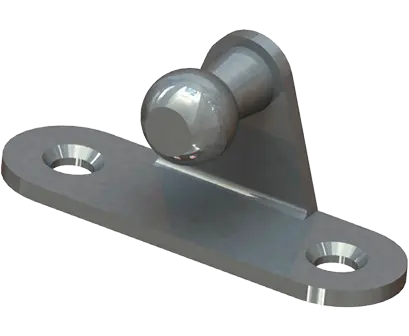

4X M6 Ball L Type Bracket - Gas Spring Lift Support Mounting Brackets 10mm Ball Stud
Sale price£10.90
Regular price£14.90
No reviews
In stockSave £4.09

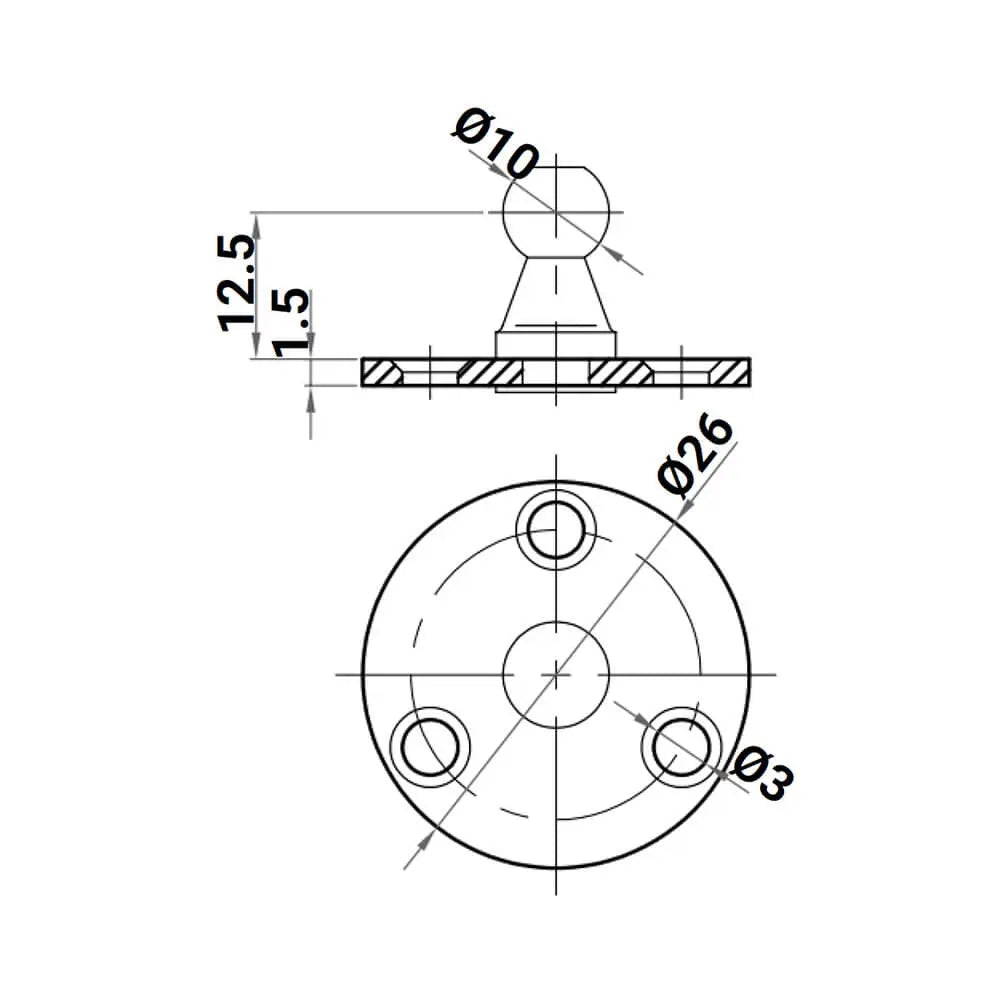
4X M6 Ball Bracket 10mm Ball Pin - Gas Spring Lift Support Mounting
Sale price£10.90
Regular price£14.99
No reviews
In stock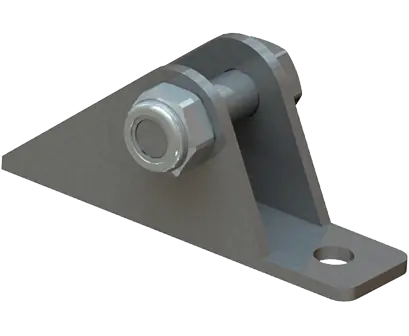

2X M8 Gas Spring Eyelet U Type Bracket - Gas Spring Lift Support Mounting
Sale price£7.90
No reviews
Hurry! Stock running out!
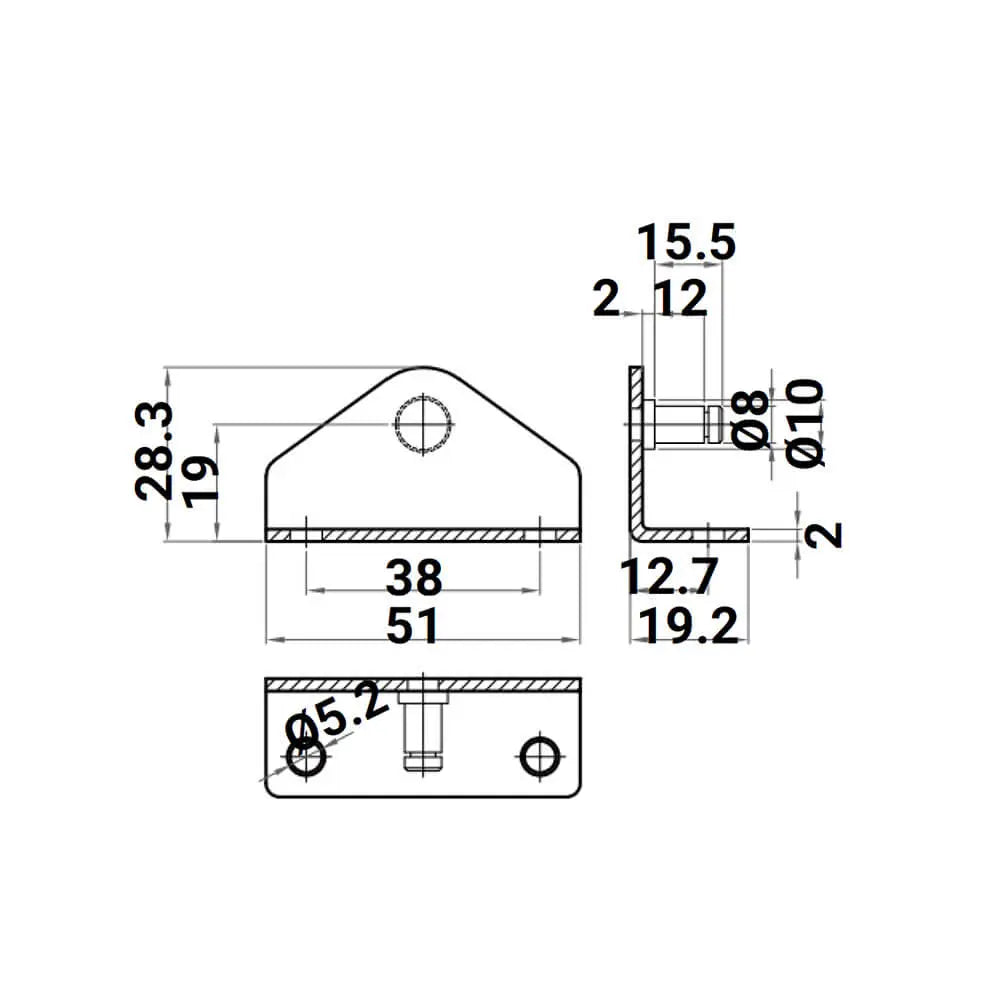
2X M8 Gas Spring Eyelet L Type Bracket - Gas Spring Lift Support Mounting
Sale price£7.99
No reviews
In stock

2X M8 Ball Bracket 13mm Ball Pin - Gas Spring Lift Support Mounting
Sale price£6.90
No reviews
In stockSave £3.00

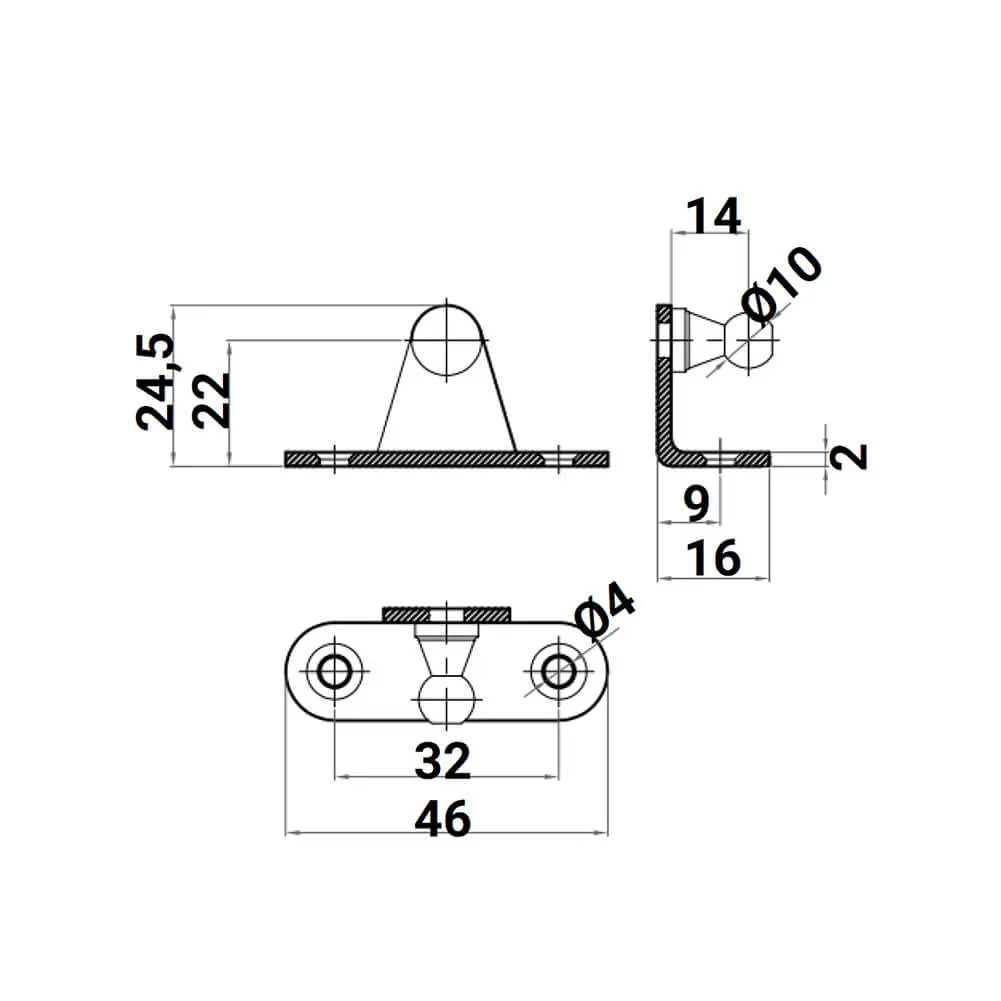
2X M6 Ball L Type Bracket - Gas Spring Lift Support Mounting Brackets 10mm Ball Stud
Sale price£6.90
Regular price£9.90
No reviews
In stockSave £1.00
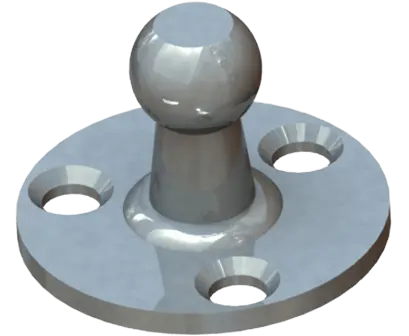
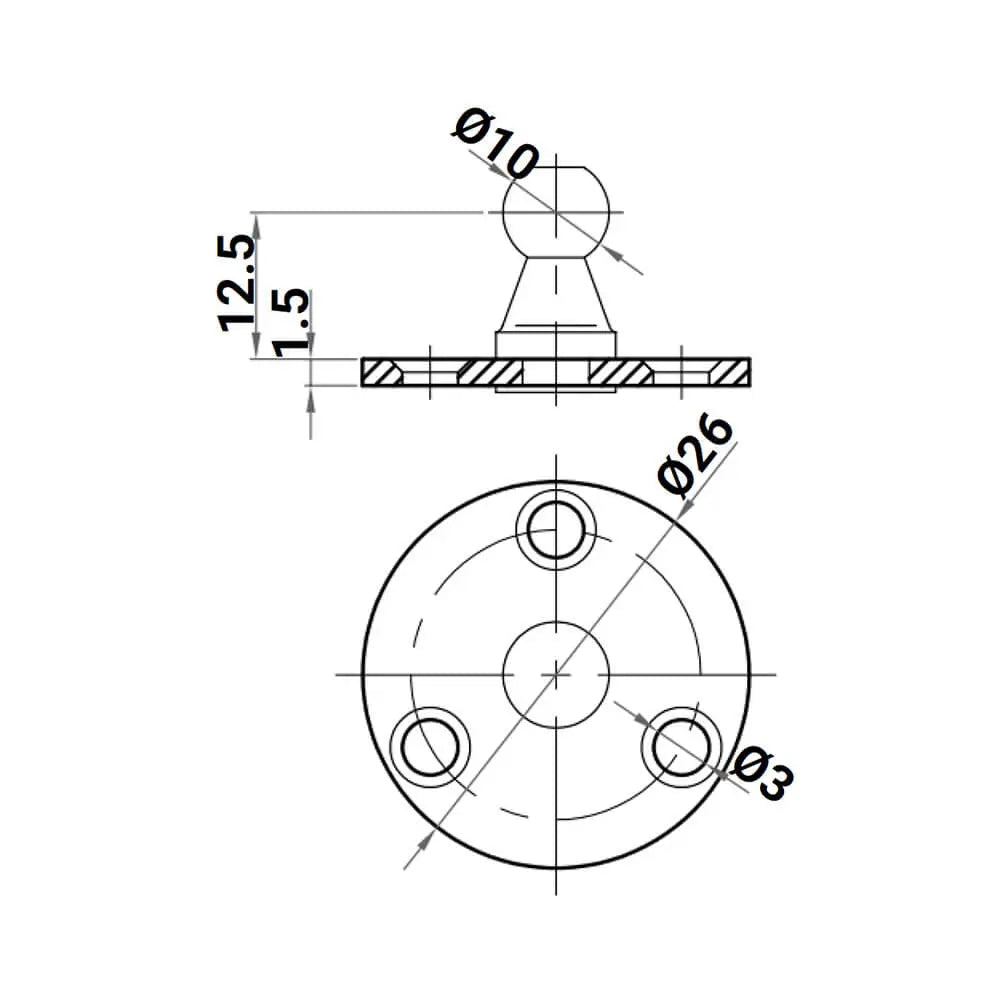
2X M6 Ball Bracket 10mm Ball Pin - Gas Spring Lift Support Mounting
Sale price£6.90
Regular price£7.90
No reviews
Hurry! Stock running out!
Filters (0)


